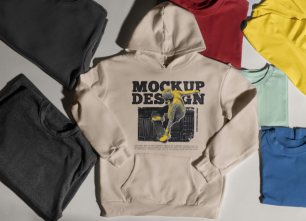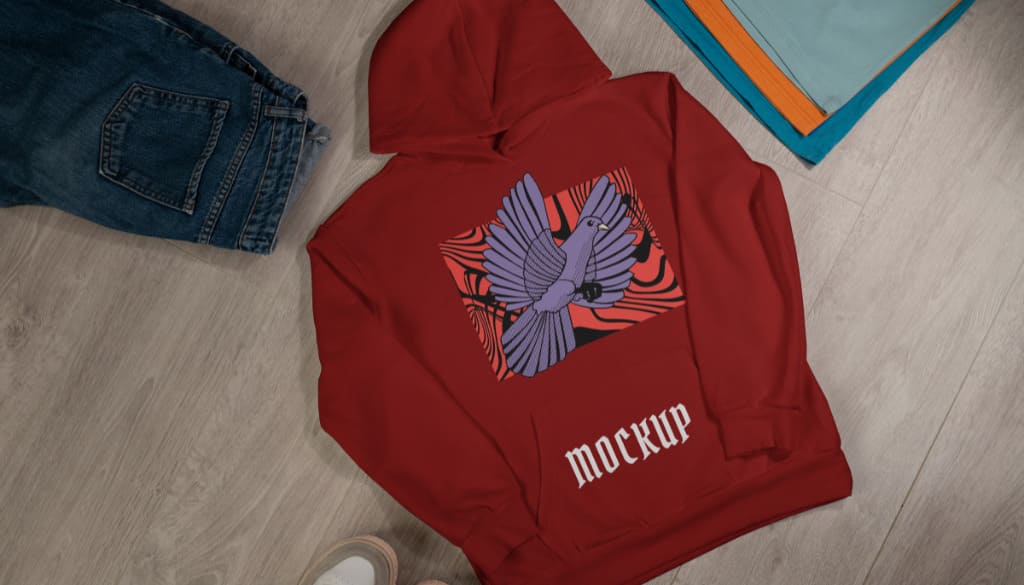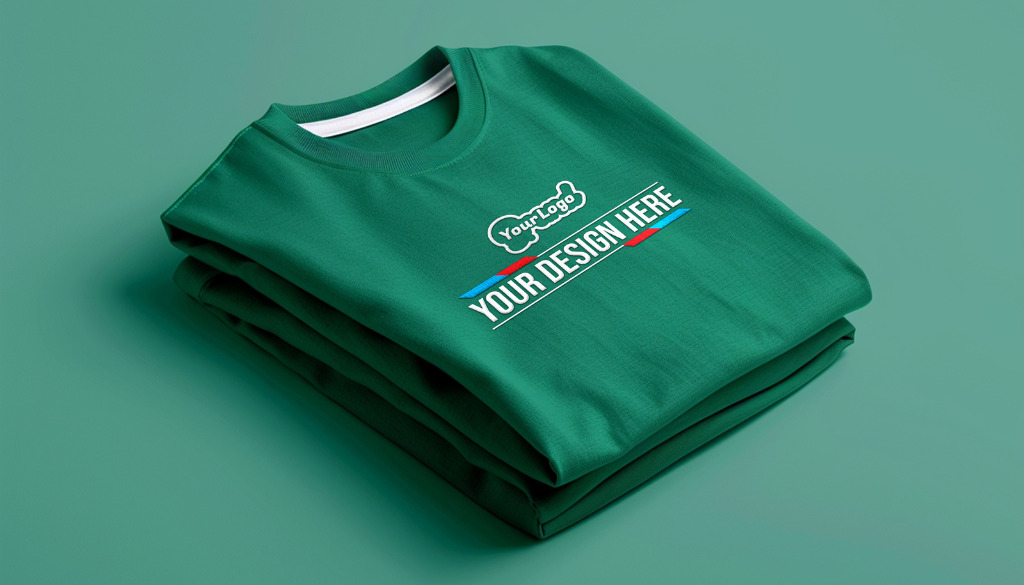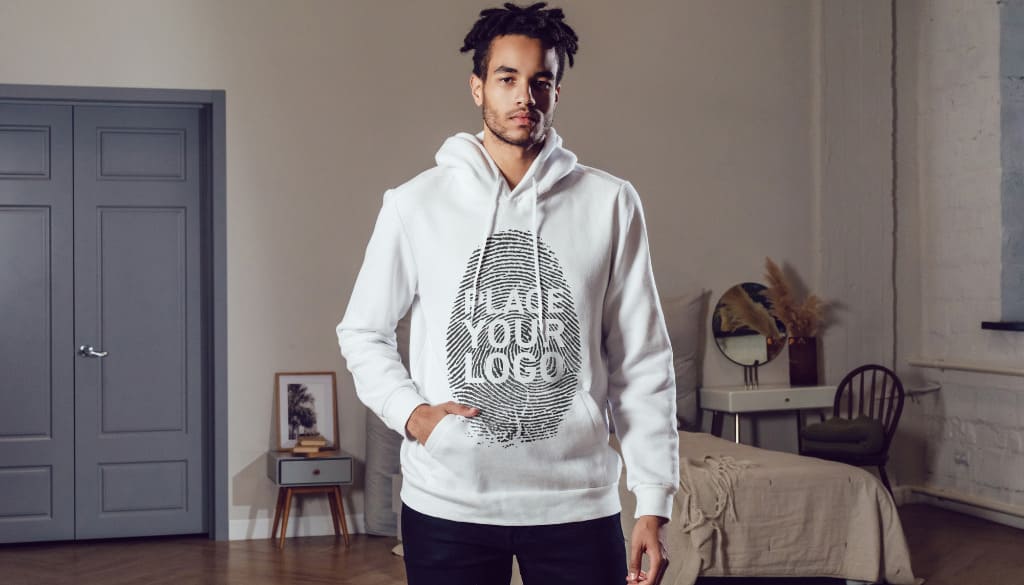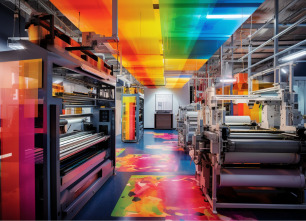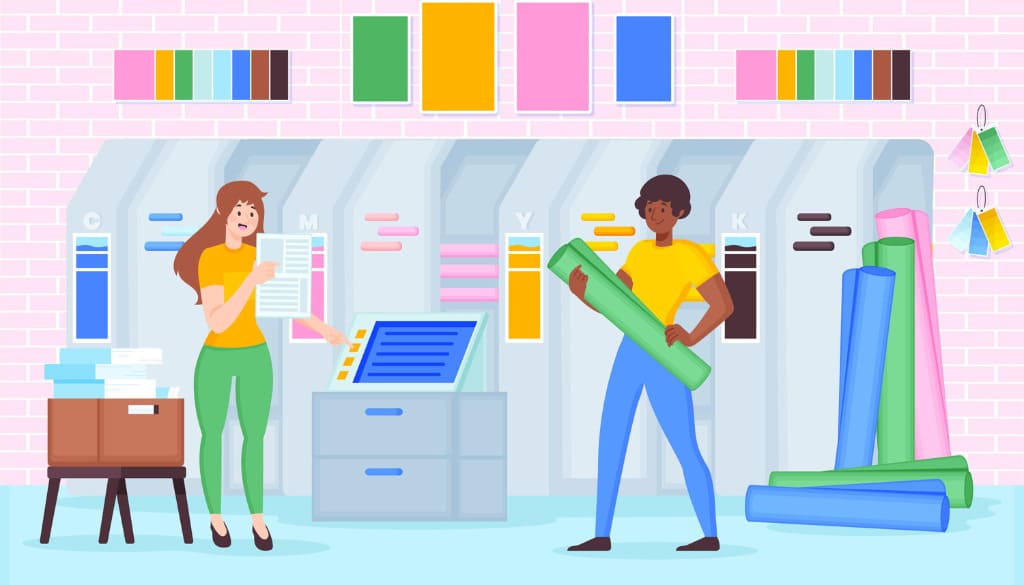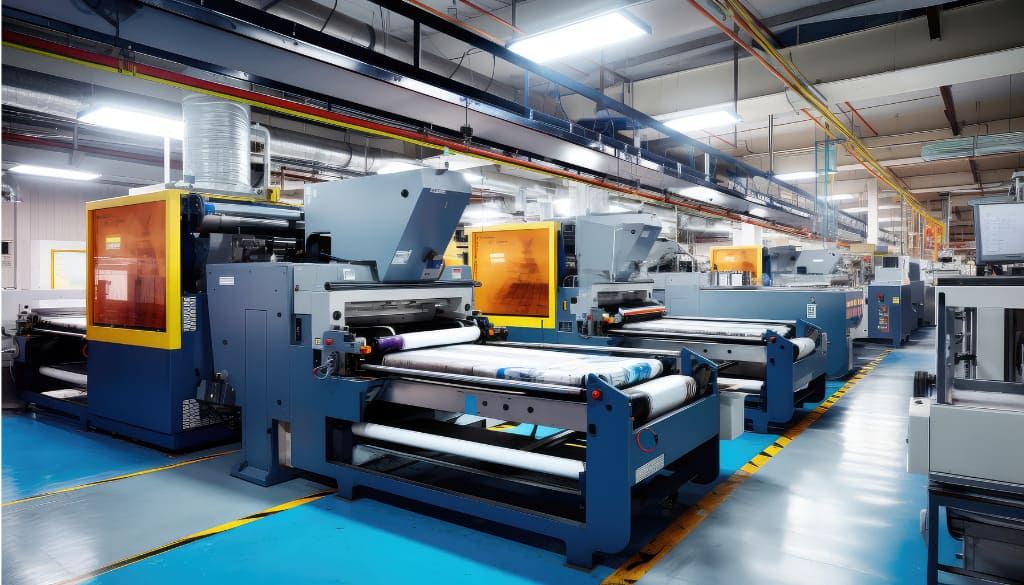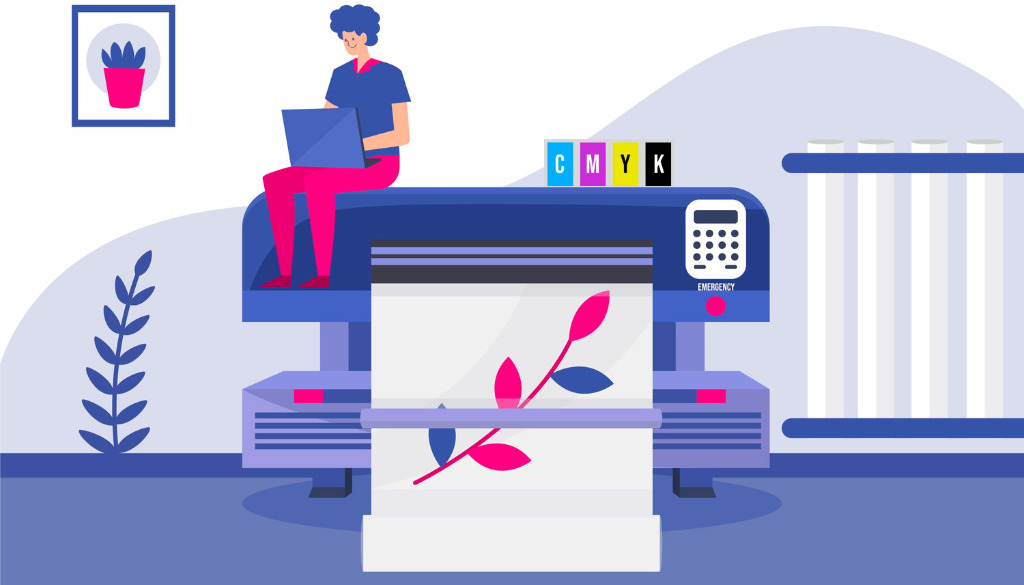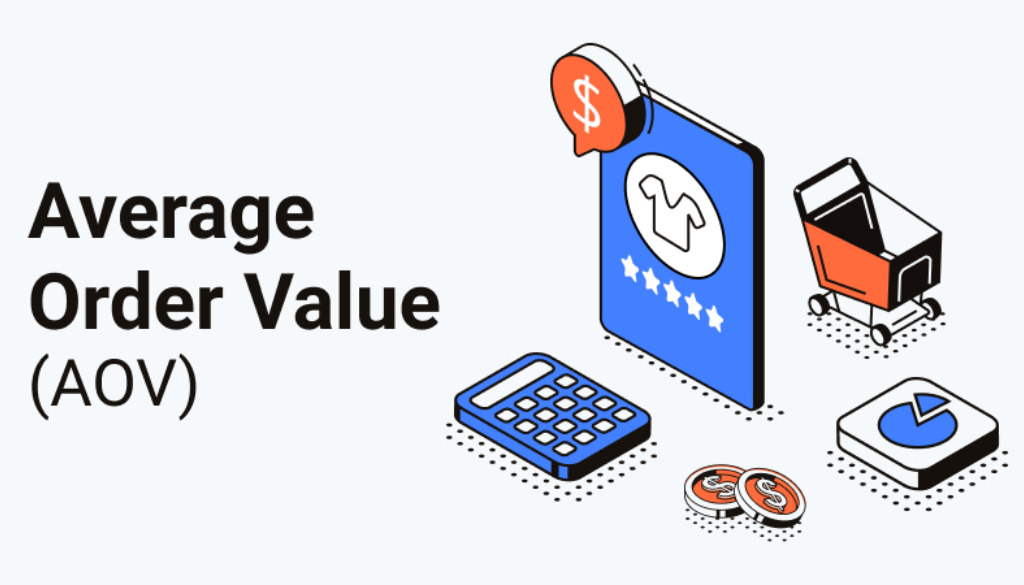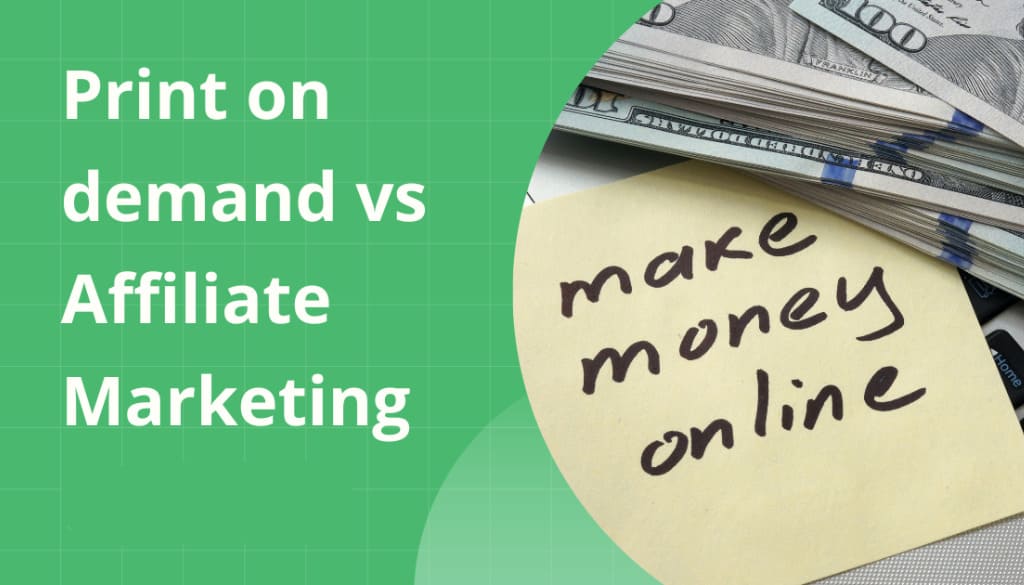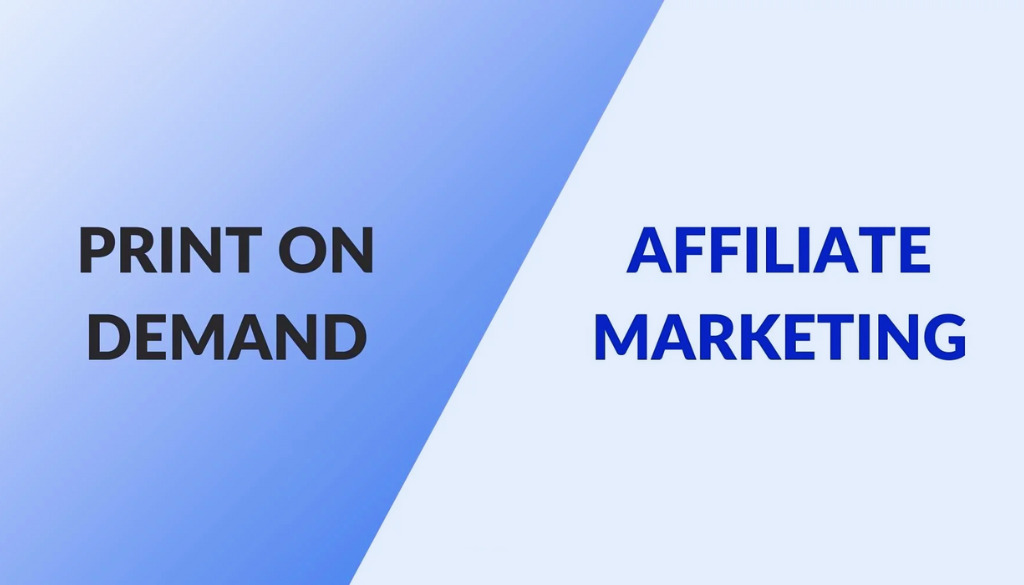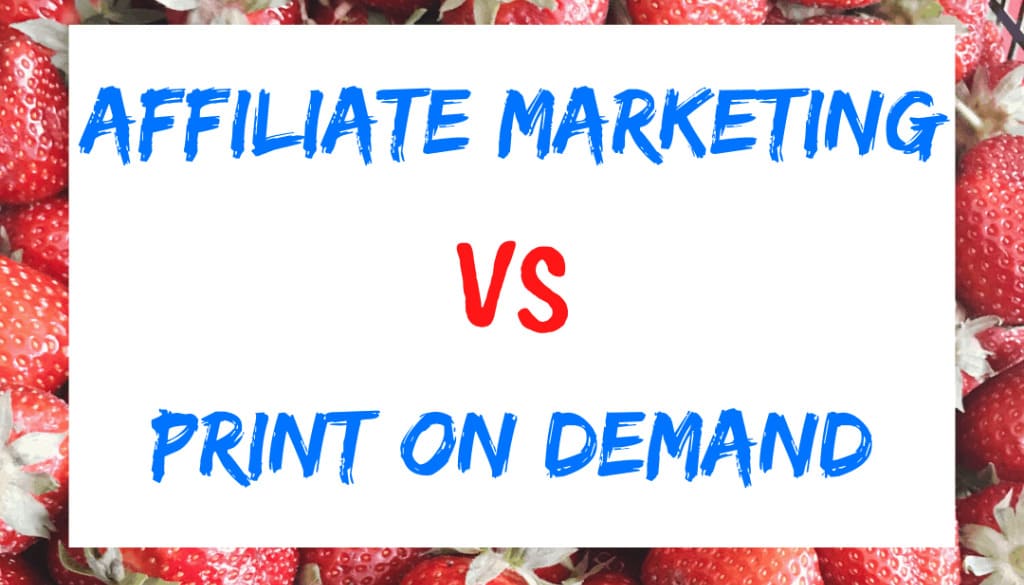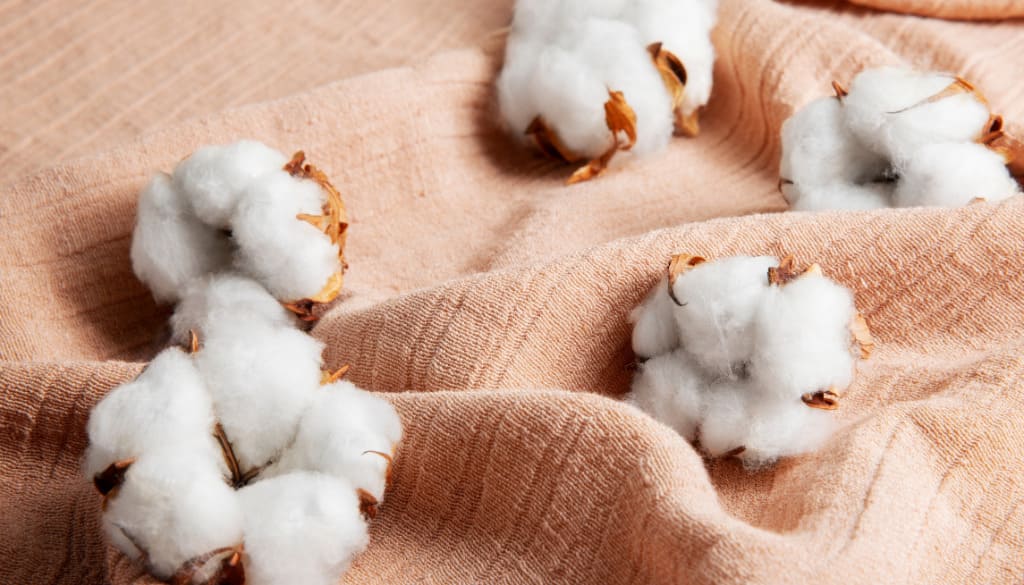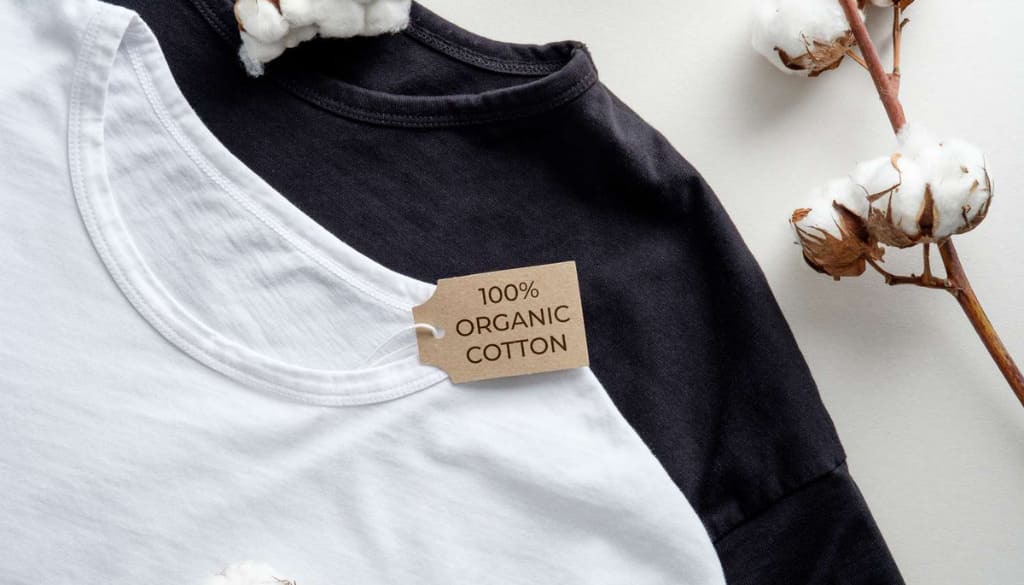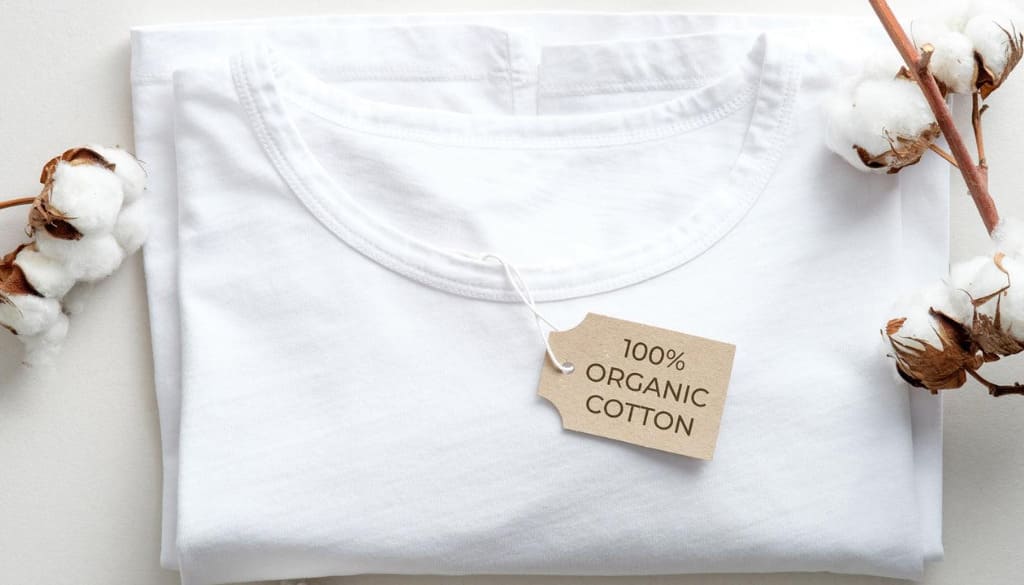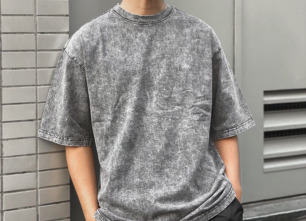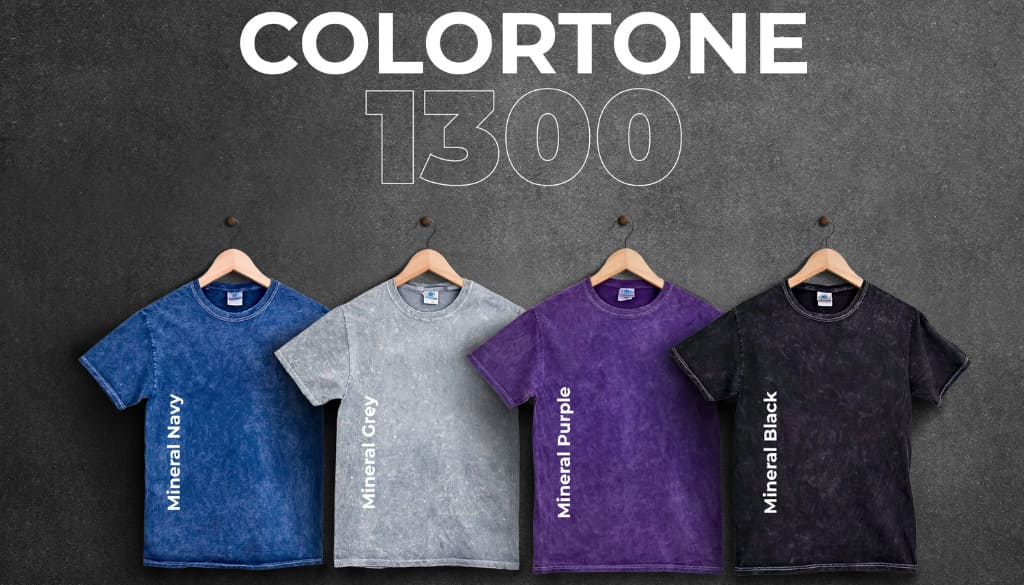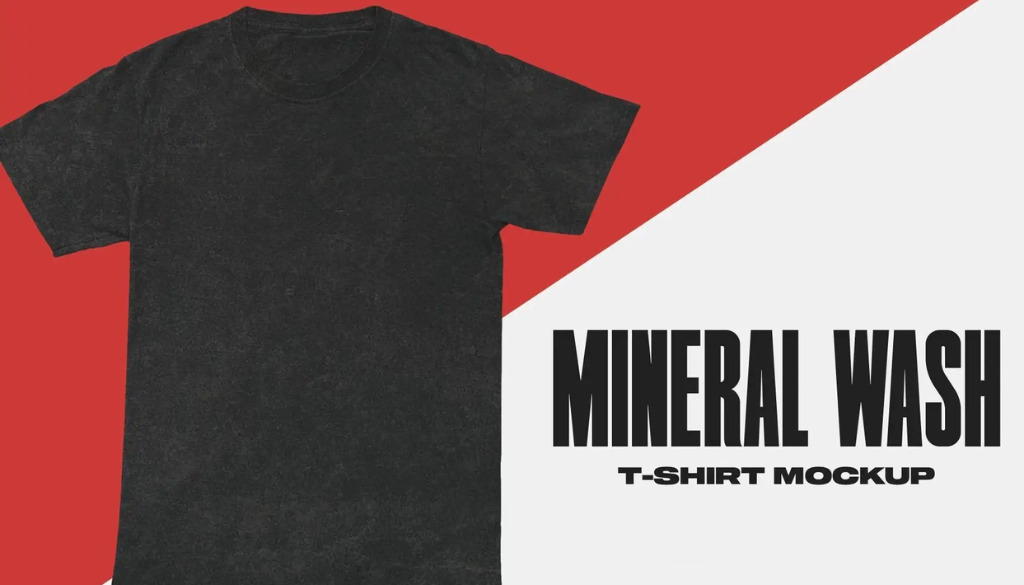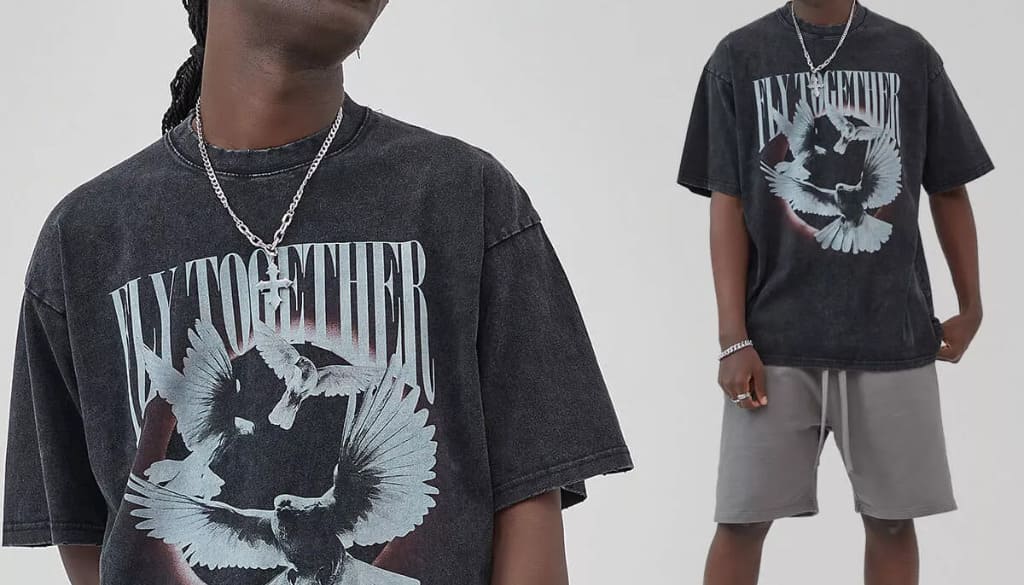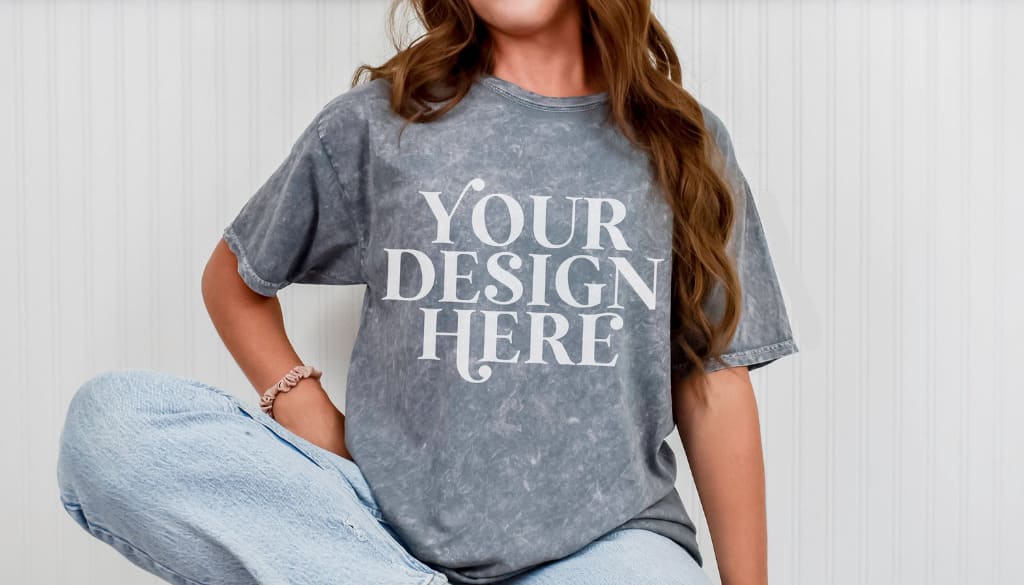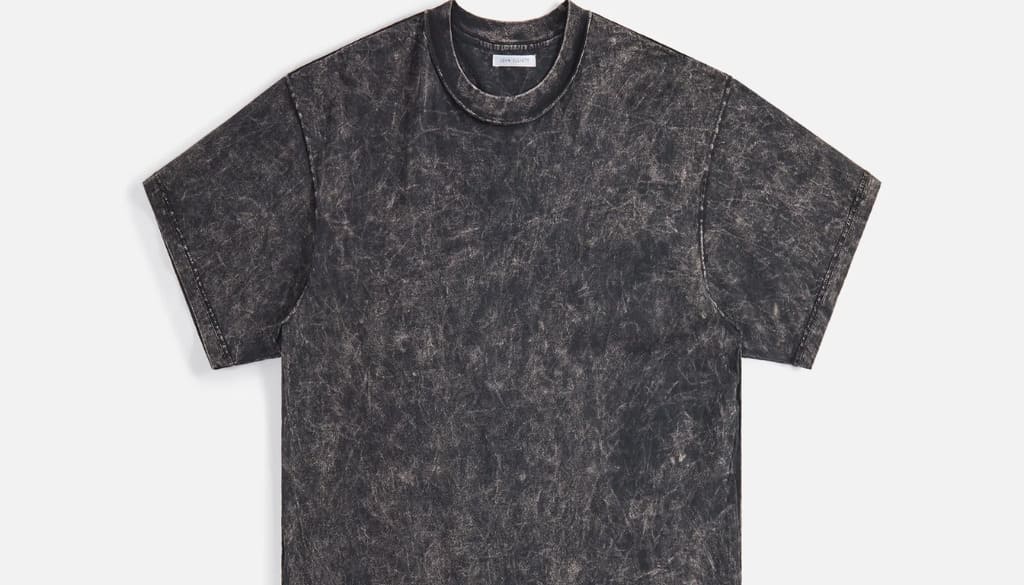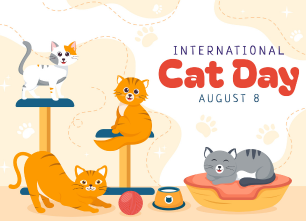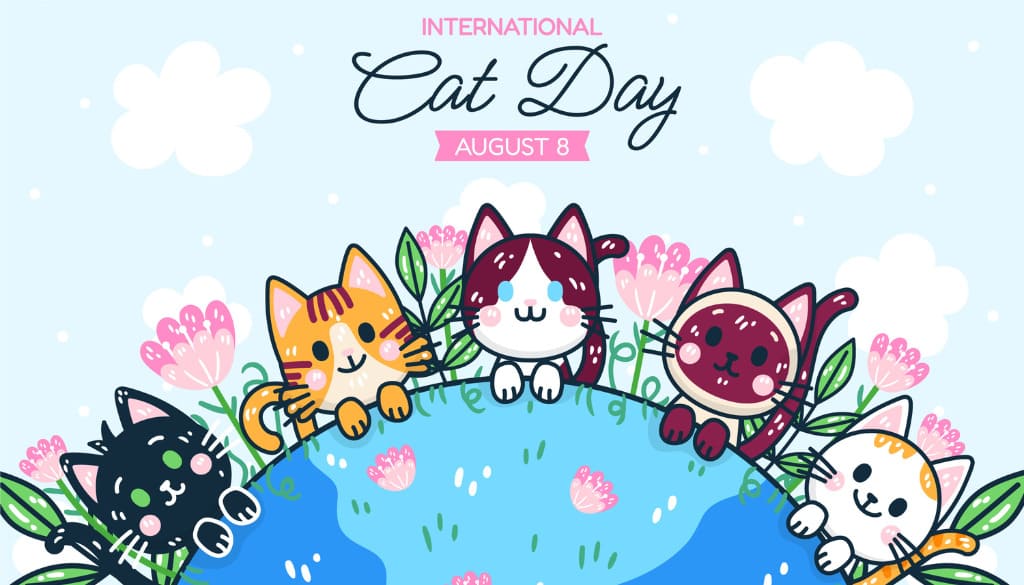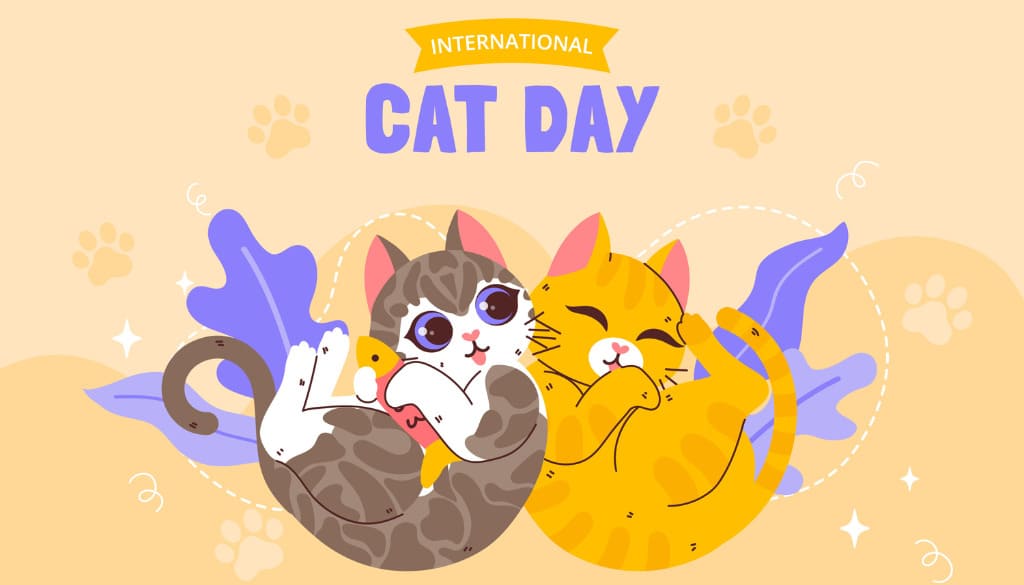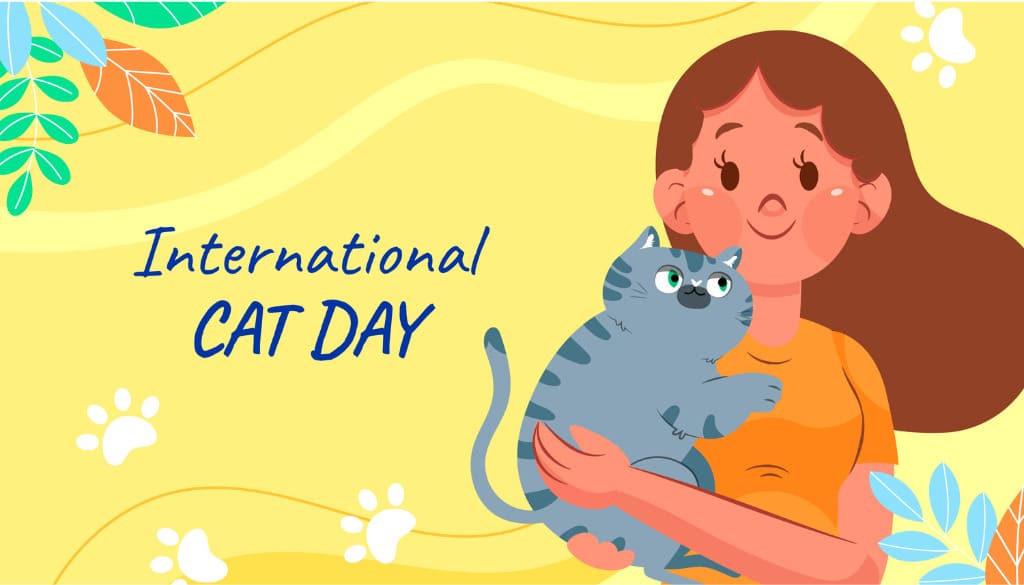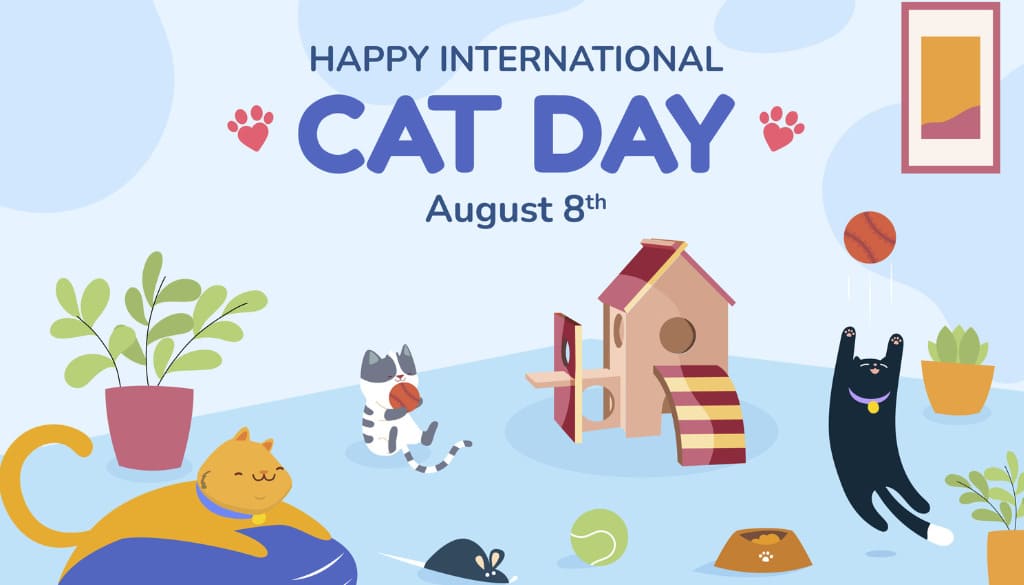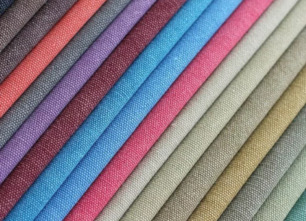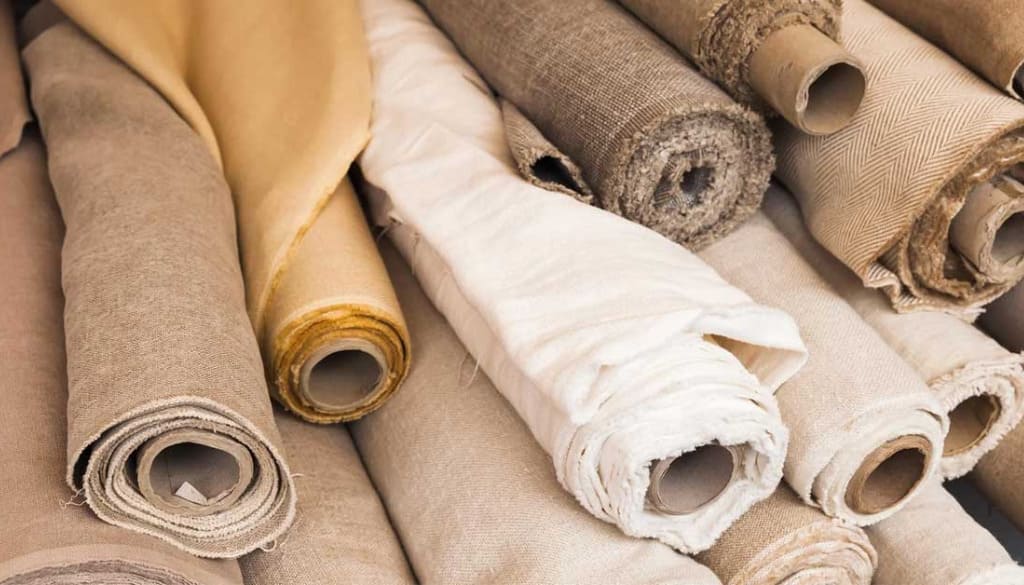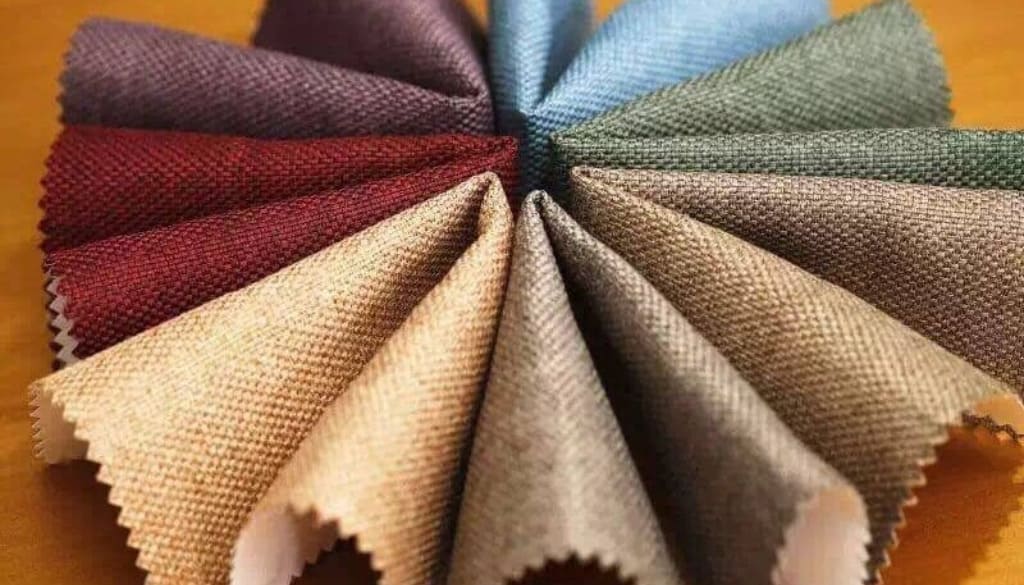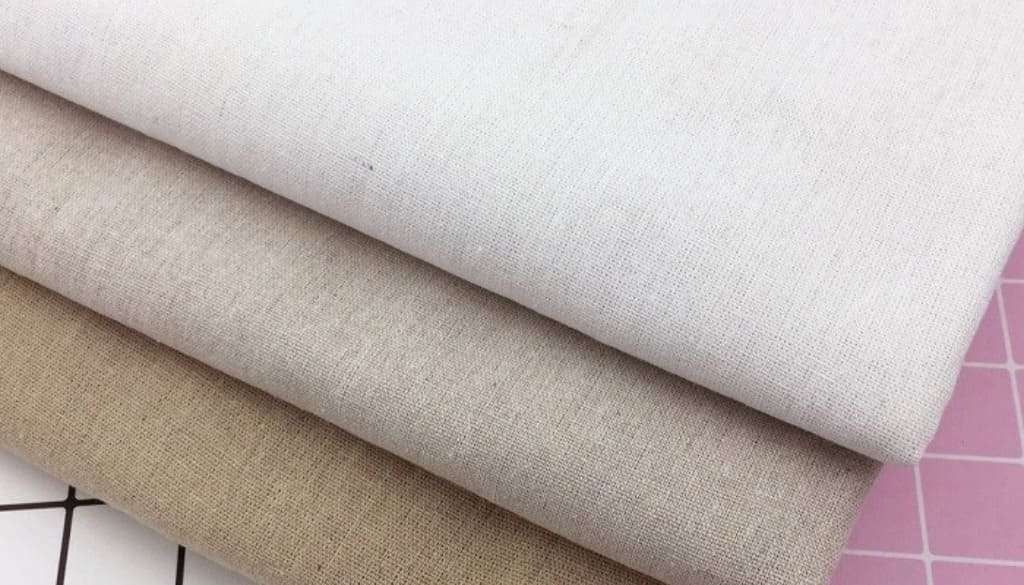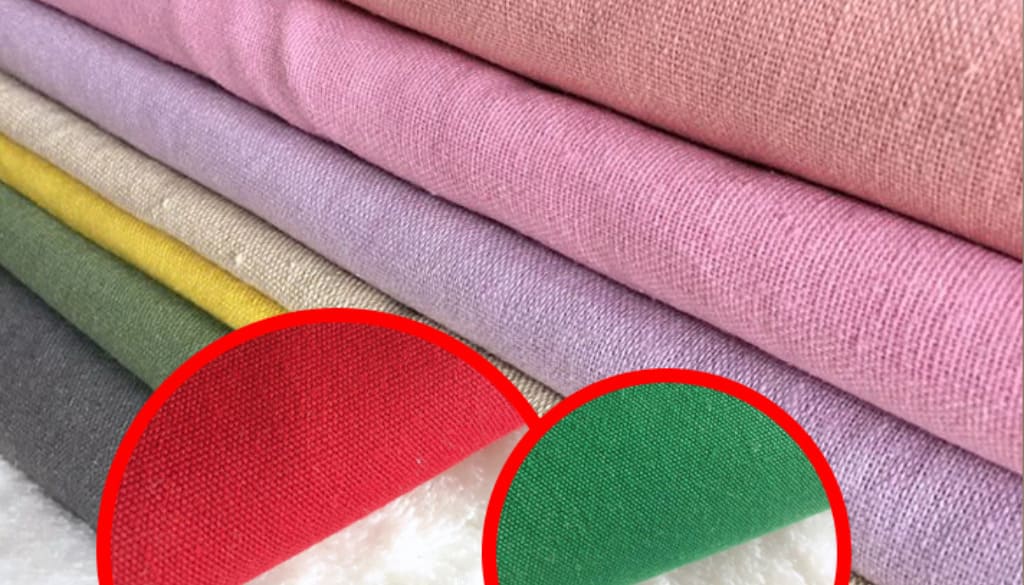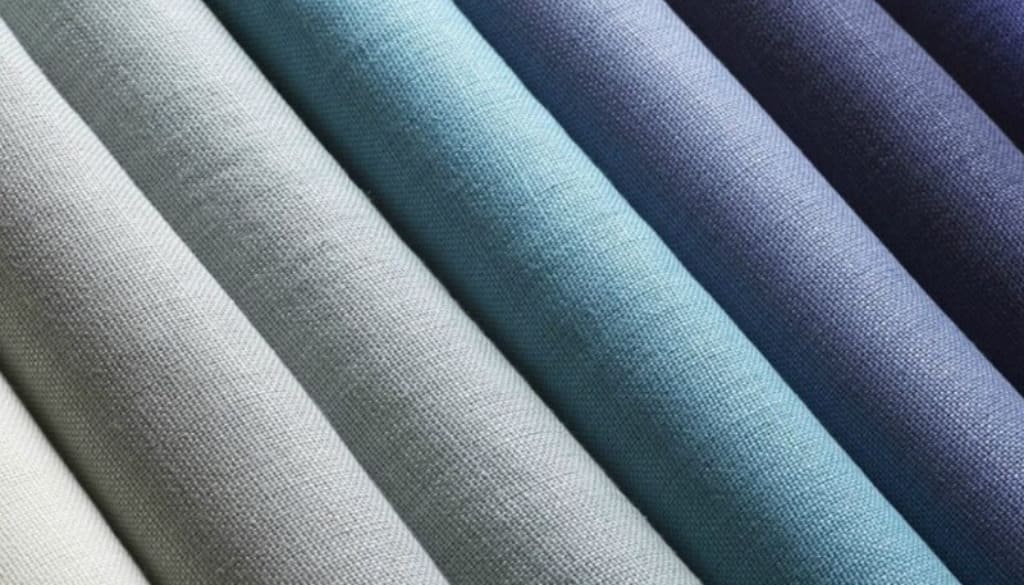Halloween is a festive season marked by a surge in shopping demand, especially for unique and personalized products. This is a golden opportunity for Print on Demand (POD) sellers to expand their businesses, attract customers, and boost revenue. However, many sellers have yet to identify their core products or develop the right business strategies, causing them to miss out on the immense potential of this holiday season. In this article, FlashShip will present a list of the hottest Halloween products for print on demand 2025, suggest design ideas tailored to different customer segments, and analyze the business benefits to help sellers get fully prepared to skyrocket their sales.
Introduction to Halloween and Print on Demand Trends

Halloween is one of the most anticipated holidays of the year in Western countries, especially in the United States. On October 31st, people typically dress up as spooky, mystical, or humorous characters to join parties, parades, and participate in the traditional “Trick-or-Treat” activity. It’s also a time when families decorate their homes with pumpkins, fake spider webs, and various other themed decorations, creating a lively and festive atmosphere.
With the rapid growth of e-commerce, Halloween has become more than just a fun holiday it is now a peak shopping season. Consumers start searching for Halloween-related products as early as September, with demand reaching its highest between October 15th and October 31st. This presents a golden opportunity for POD sellers to skyrocket their sales by staying on top of trends and offering the right products.
Print on Demand Trends for Halloween 2025
As we enter 2025, the POD industry continues to experience strong growth driven by the increasing demand for product personalization and the rapid expansion of e-commerce platforms. Below are the key trends sellers should pay attention to:
Product Personalization
Consumers are increasingly drawn to products that reflect their individuality. Customizable items such as family name T-shirts, commemorative canvas prints, or personalized décor pieces tend to have higher conversion rates. This trend is especially popular on platforms like Etsy and TikTok Shop, where buyers actively seek out unique, one-of-a-kind products.
Minimalist Yet Distinctive Designs
Instead of overly complex, traditional Halloween designs, modern consumers prefer clean, simple graphics that still stand out. These designs have a high level of versatility, allowing customers to use them both during and after the Halloween season.
Rising Demand for Home Decor
Beyond costumes, there is a significant surge in demand for home decoration during Halloween. From canvas prints and pillows to rugs and ornaments, shoppers are willing to spend more to create a festive atmosphere in their living spaces.
Rapid Growth of Online Shopping
More consumers are shopping on major e-commerce platforms such as Amazon, Etsy, TikTok Shop, and Walmart. This creates a massive opportunity for POD sellers to expand their reach without being limited by geographic boundaries.
Strategic Tip
Sellers should start preparing products by late August while keeping up with trending designs on platforms like Pinterest, TikTok, and Amazon. Uploading products early gives listings time to be indexed and gain higher search rankings when demand peaks in October.
List of Print on Demand Products for the Halloween Season
Choosing the right products to promote is just as important as creating great designs. With FlashShip’s strong production and fulfillment capabilities, you can confidently offer a diverse and high-quality catalog to your customers.
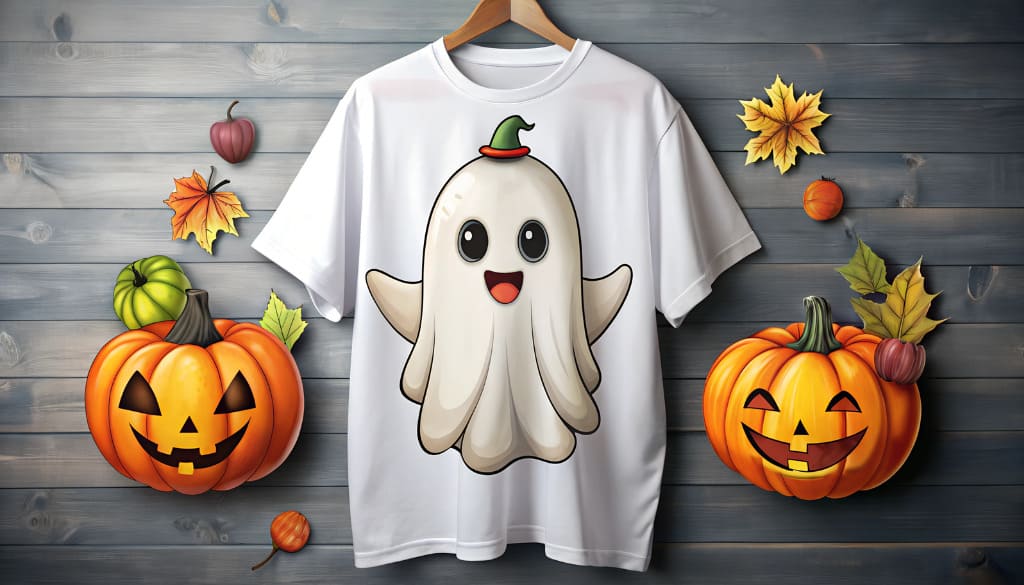
Apparel: The “Backbone” of Every Campaign
This is the easiest and most in-demand product group during the Halloween season.
- T-Shirts: The king of the POD industry. Prepare a variety of T-shirt styles, from classic unisex crewnecks to other modern fits. T-shirts serve as the perfect “canvas” for all ideas from funny slogans and intricate illustrations to minimalist designs.
- Hoodies & Sweatshirts: As the weather gets colder toward the end of October, hoodies and sweatshirts become must-have items. With their large print area, you can showcase impressive and detailed designs. These are high-value products that deliver great profit margins.
- Kids’ T-Shirts & Baby Bodysuits: Don’t overlook the children’s market. Parents love buying Halloween outfits for their kids. Designs like “My First Halloween” or cute, spooky cartoon characters are guaranteed to attract attention.
Home Decor: Bringing a Spooky Atmosphere to Every Corner
Decorating the home is a key part of Halloween and one of the fastest-growing categories in the POD industry.
- Canvas Prints & Posters: A gothic castle canvas print or an 80s-style horror movie poster can instantly transform a living room. These premium home décor items bring high perceived value and attractive profits.
- Throw Pillows: The simplest and most cost-effective way to add a Halloween touch to sofas or beds. Designs featuring spider webs, bats, or iconic horror movie quotes are always popular.
- Blankets: Perfect for cozy horror movie nights. A soft fleece blanket featuring pumpkins or a haunted forest design will be hard for customers to resist.
- Garden Flags: Help customers impress neighbors and trick-or-treaters with festive yard flags. Whether fun and welcoming or spooky and eerie, these designs have strong selling potential.
Accessories & Drinkware: Highly Profitable “Side Dishes”
These lower-priced items are excellent for cross-selling and upselling, boosting average order value with minimal effort.
- Mugs: A timeless classic. Everyone needs a morning coffee mug, and a unique Halloween design will brighten their day. Heat-changing mugs are especially fun and perfect for this season.
- Tote Bags: Not just for kids to collect candy tote bags are also trendy fashion accessories, especially popular among younger customers. Simple typography or artistic illustrations work particularly well on this product.
- Phone Cases: A daily essential. Offering Halloween designs for popular phone models is a reliable way to generate consistent revenue.
- Stickers: An excellent low-cost, high-volume funnel product. Customers can use them to decorate laptops, water bottles, or notebooks. Selling themed sticker packs is a great way to increase cart value.
- Keychains: Small, affordable, and irresistible. Halloween-themed keychains featuring characters, funny slogans, or personalized names are often purchased alongside T-shirts or tote bags. They’re an ideal add-on item to boost revenue without significantly increasing ad spend.
Design Ideas by Target Audience
A design only truly succeeds when it speaks the language of its target audience. Let’s explore niche markets and the most promising design ideas with FlashShip.
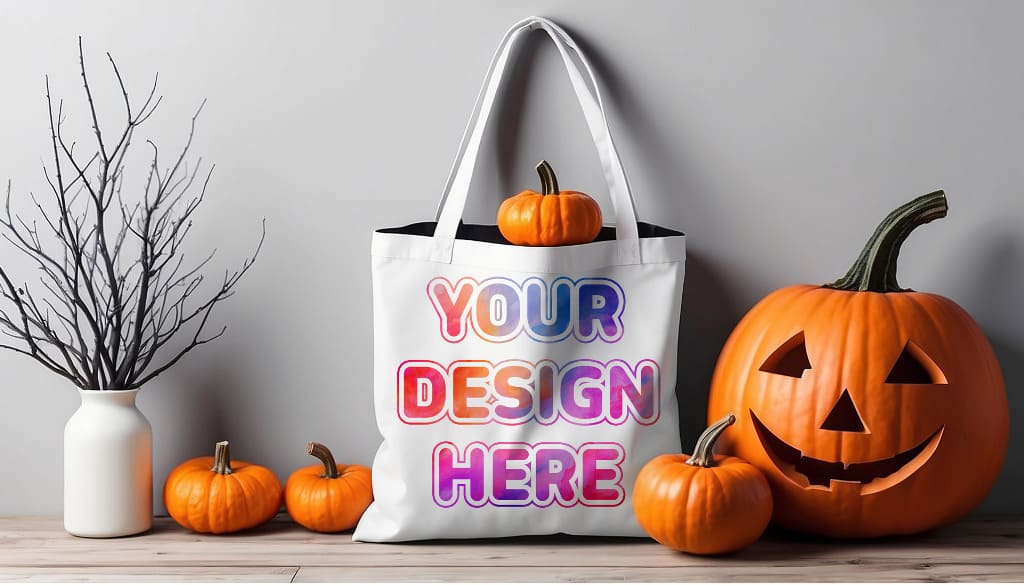
Families & Kids: “Cute & Spooky” is the Key
This customer group spends generously and loves buying matching outfits for the whole family.
Design Style:
- Cuteness Over Creepiness: Turn scary icons like ghosts, skeletons, and vampires into adorable cartoon characters with big, round eyes. Use bright colors like orange, purple, and green alongside the traditional black.
- Matching Sets: This is a goldmine. Create family sets like “The Boo Crew,” Halloween versions of “Daddy Shark & Baby Shark,” or “Mummy” and “Little Pumpkin.”
Slogan & Text Ideas:
- “My First Halloween” (for newborns)
- “Little Miss Spooky” / “Mr. Steal Your Candy”
- “Family of Ghouls”
Key Products: T-shirts in all sizes, Baby Bodysuits, Tote Bags (perfect for trick-or-treating).
Gen Z & Millennials: Humorous, Bold, and Trendy
This audience loves uniqueness, pop culture references, and anything viral on social media.
Design Style:
- Vintage & Retro Horror: Inspired by 70s and 80s horror movie posters or classic characters like Dracula and Frankenstein in old-school comic styles.
- Minimalist & Mystical: Witch symbols, astrology themes, tarot cards, line art of constellations, moons, and black cats.
- Meme Culture: Incorporate trending memes with Halloween themes. (Always double-check copyright and trademark issues.)
Slogan & Text Ideas:
- “I’m just here for the boos.” (play on words: “boos” for scares and “booze” for alcohol)
- “Witch, please.”
- “Powered by coffee and horror movies.”
- “Spooky Season is my favorite season.”
Key Products: Hoodies/Sweatshirts, Phone Cases, Stickers, Canvas Prints.
Pet Lovers: Even the “Boss” Deserves a Treat
This niche market is incredibly loyal and highly profitable, as pet owners treat their furry friends like family.
Design Style:
- Pet Portraits with Costumes: Draw the customer’s dog or cat and add fun details like a witch’s hat, vampire fangs, or turn them into a little ghost.
- Breed-Specific Designs: Focus on particular dog and cat breeds.
- Example: “Dacho-ween” (for Dachshund dogs)
- Example: “A Purr-fectly Spooky Night” (for cats)
Slogan & Text Ideas:
- “My dog is my boo.”
- “I prefer pets to people.”
- “Trick or Treat, Smell My Paws.”
Key Products: T-shirts for pet owners, Ceramic Mugs, Pet-themed Throw Pillows, Blankets.
Couples: A “Spooktacular” Love Story
Halloween is the perfect occasion for couples to show their connection in creative ways.
Design Style:
- Matching & Complementary Designs:
- One shirt features a lock, the other a key.
- Jack Skellington on one shirt, Sally on the other.
- “His Witch” and “Her Boo.”
- Subtle & Intimate: Use small symbols or hidden messages that only the couple understands.
Key Products: Matching T-shirts, Couple Hoodies, Pair Mugs.
Business Benefits of POD During the Halloween Season
Halloween POD offers sellers countless opportunities to boost sales and expand into new markets. This period sees a surge in consumer demand, with customers willing to spend more freely. While competition can be fierce, there are still many niche markets waiting to be explored. By preparing early, selecting the right products, and executing effective strategies, sellers can turn Halloween into their most profitable sales season of the year.
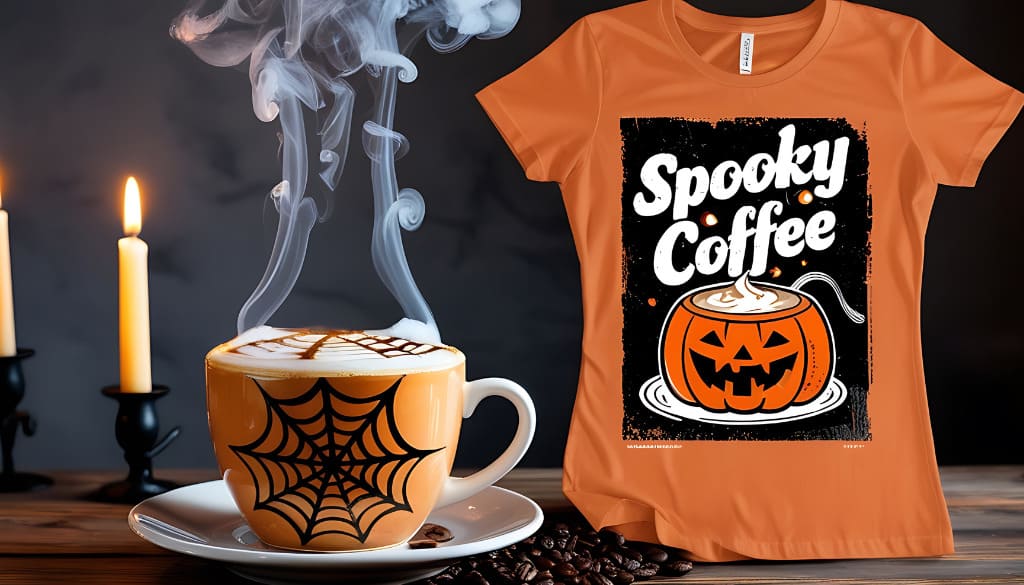
A Surge in Consumer Demand
Halloween is one of the biggest festive seasons in the U.S. and many Western countries. From September through the end of October, search volumes for Halloween-related products on e-commerce platforms like Amazon, Etsy, and TikTok Shop increase dramatically compared to regular months.
Shoppers start making purchases early to prepare for costumes, gifts, and home decorations. This creates an ideal window for sellers to reach potential customers, increase conversion rates, and maximize revenue.
Products with unique or personalized designs are especially popular, as they help sellers stand out from competitors and capture buyers’ attention quickly.
Reduced Inventory Risk with the POD Model
One of the greatest advantages of Print on Demand is that sellers don’t need to stock up on inventory in advance. Instead of investing heavily in bulk products and worrying about unsold stock, items are only produced when an order is placed.
This approach allows sellers to optimize cash flow, minimize upfront costs, and focus on marketing and brand growth.
During Halloween, when demand spikes and design trends change rapidly, POD is particularly effective. Sellers can quickly launch new designs without concerns about excess inventory or financial losses.
Higher Profit Margins with Premium Products
Halloween is a season when consumers are willing to spend more on special, seasonal items. Products like hoodies, sweatshirts, canvas prints, and home décor bundles often have higher price points, offering better profit margins than standard products.
Sellers can also use upselling and bundling strategies to increase the Average Order Value (AOV).
- Example: A customer purchasing a T-shirt could be encouraged to add a hoodie or home décor accessories like pillows, rugs, or ornaments.
This not only increases overall revenue but also improves ad spend efficiency by maximizing the return on each customer acquisition.
Building a Long-Term Brand
Halloween isn’t just a short-term sales opportunity—it’s also a stepping stone for sustainable brand building.
Launching exclusive, creative, and personalized designs helps sellers create a distinct brand identity in the marketplace.
When customers have a positive experience, they are more likely to return for future holiday seasons such as Christmas, Black Friday, or Valentine’s Day. This builds a loyal customer base, reduces reliance on paid ads, and drives long-term, organic growth.
Easy Expansion to Other Holiday Seasons
Once sellers succeed during Halloween, they can leverage their existing systems—including fulfillment processes, marketing strategies, and customer data—to expand into other peak seasons.
Major shopping events like Thanksgiving, Black Friday, Cyber Monday, and Christmas all see extremely high consumer demand.
By applying the lessons and infrastructure built during Halloween, sellers can save time and costs while quickly scaling their business for the next sales surge.
During the Halloween season, the success of a POD seller doesn’t come solely from impressive designs or unique products it also depends on the fulfillment system you choose. A reliable fulfillment partner that ensures fast processing times, high-quality printing, and dedicated support will help you minimize risks, optimize costs, and meet the surge in demand during the festive period.
FlashShip offers a comprehensive solution for POD sellers who aim to build a professional business, scale sustainably, and establish a long-term brand. With specialized fulfillment services tailored to the U.S. market, FlashShip provides an end-to-end process—printing, packaging, shipping, and brand customization—allowing sellers to focus entirely on product development and customer care.
Register your account and receive detailed consultation at: https://seller.flashship.net or contact our hotline at (+84) 943 024 337 for quick support.
Please see more:







